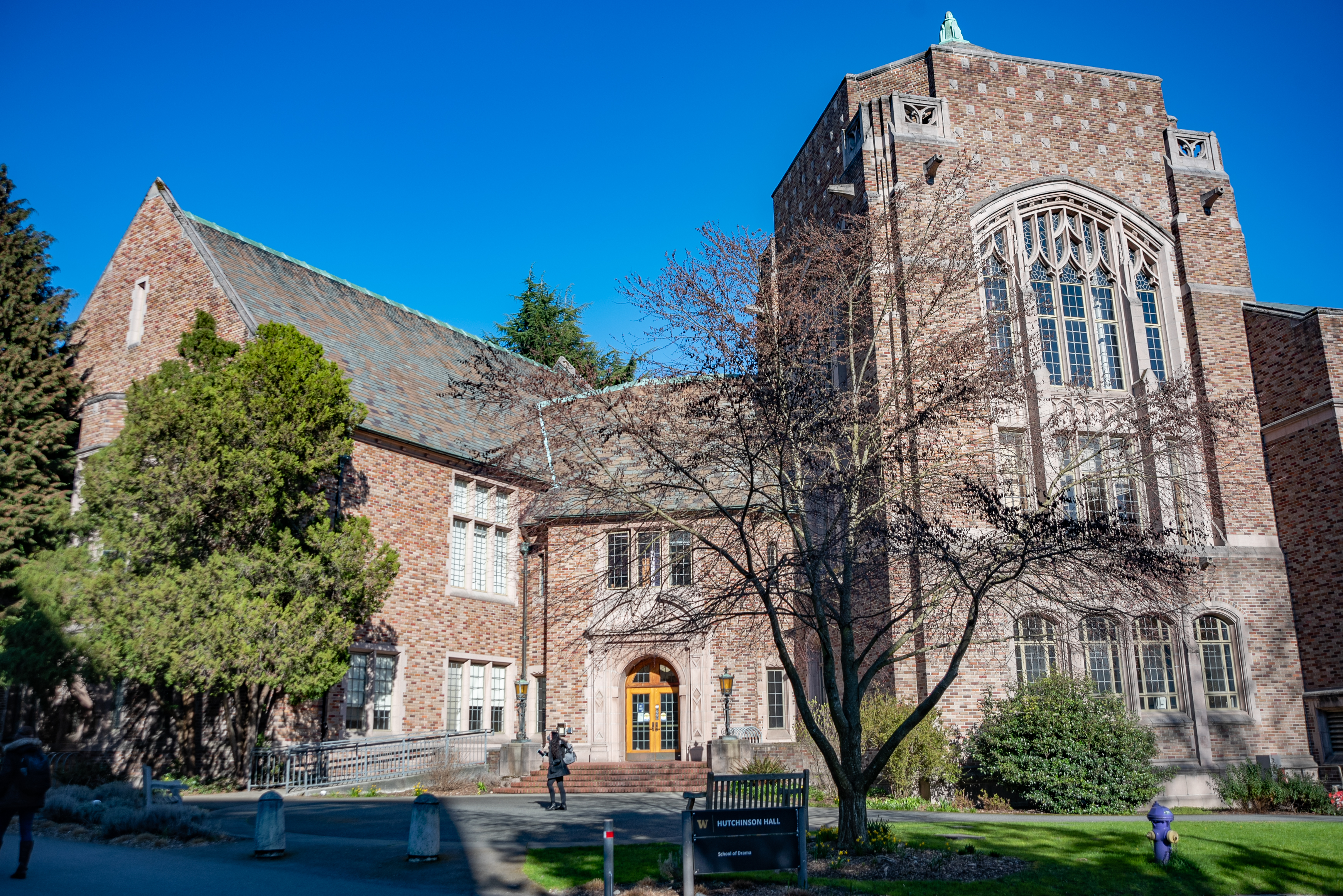Chair: Robert Shimko, University of Houston
ABSTRACT
For centuries, Marie-Antoinette has been vilified as the French Eve, the frivolous temptress who – by begging her husband’s indulgence – brought about bloody revolution. Her words and actions have been misrepresented to cement this particular spin. Her infamous phrase, “Let them eat cake,” became a rallying cry of the mob, as did stories of her capriciously dressing as an Arcadian shepherdess, when in fact there is no evidence of either. Rather, Marie-Antoinette was keenly conscious of the image she projected. She carefully crafted her court persona, replicating the artisans who operated Versailles in order to stage-manage her own Petit Trianon.
Such reexaminations of her performative role as queen are part of the rehabilitation of her reputation. Meredith Martin, for instance, explains in Dairy Queens: The Politics of Pastoral Architecture from Catherine De' Medici to Marie-Antoinette: the purposefulness of Marie-Antoinette’s private dairy as part of a tradition in which the Queens of France were expected to embody both purity and fertility. Further, it embraced the fashionable Rousseauian principles of a return to Nature. The surrounding bucolic hamlet was likewise part of an elaborate staging, as suggested by Anna Hoffman Steinhardt, who connects the design of the village back to the idyllic stage sets of the Trianon theatre.
However, while the king’s performances of power at Versailles have been analyzed by Baroque scholars, the same due has not been given to the queen. My paper aims to apply a historiographic lens to Marie-Antoinette’s Trianon: her private realm and intricately constructed utopia, inwardly-focused instead of outwardly facing, but powerful and effective in its own right.
